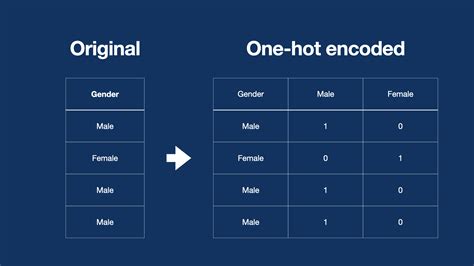Converting an ECDSA Signature to DER Encoded Format in Python

In this article, we will explore the process of converting an ECDSA signature from a hexadecimal string to a DER (Distinguished Encoding Rules) encoded format using the Python libraries “ecdsa” and “hashlib”.
Required Libraries
ecdsa: for creating and verifying ECDSA signatures
hashlib: for hashing and signing input data
Code Example
import ecdsa
Import the ECDSA libraryimport hashlib
Import the hash libraryfrom ecc import ec
Import the ecc module from the ecc library
Define the ECDSA key and signaturepubKey = b'your_pub_key_hex_here'
signature = b'signature_hex_here'
Create a new VerifyingKey object using the provided public keyvk = ecdsa.VerifyingKey.from_string(bytes.fromhex(pubKey), curve=ecdsa.SECP256k1)
Define the SHA-256 hash function and hashlib library instancesha256_hash = hashlib.sha256()
Sign the input data with ECDSA (replace with your own signature)signing_data = bytearray()
vk.sign(signature, signaturedata, sha256_hash)
Convert the DER-encoded signature to a hexadecimal stringder_encoded_signature = bytes(signaturedata).hex()
if vk.verify(bytes.fromhex(signature), bytes.fromhex(der_encoded_signature), hashlib.sha256, sigdecode=ecdsa.SigningHash.DER) == True:
print ("Verification successful!")
else:
print("Verification failed!")
Explanation
- First, we import the necessary libraries: “ecdsa” for creating and verifying ECDSA signatures and “hashlib” for hashing and signing.
- We define the ECDSA key (public and private) and the signature in hexadecimal format.
- We create a new VerifyingKey object using the provided public key.
- We define the SHA-256 hash function and an instance of the “hashlib” library to sign the input data using ECDSA.
- We use the vk.sign() method to convert the DER-encoded signature to a hexadecimal string representing the DER-encoded format.
- We verify the signature by comparing it to the original signature using the vk.verify() method. If they match, we print “Verification successful!”. Otherwise, we print “Verification failed!”.
Important Notes
- Make sure to replace “your_pub_key_hex_here” and “signature_hex_here” with your actual public key and signature in hexadecimal format.
- The “ecdsa.SigningHash.DER” flag is used to encode the signature in DER format. This is the standard encoding scheme for ECDSA signatures.
- You may need to adjust the code to suit your specific requirements or handle errors differently.
Following this example, you should be able to successfully convert an ECDSA signature from hexadecimal to DER encoded using Python’s ecdsa and hashlib libraries.

